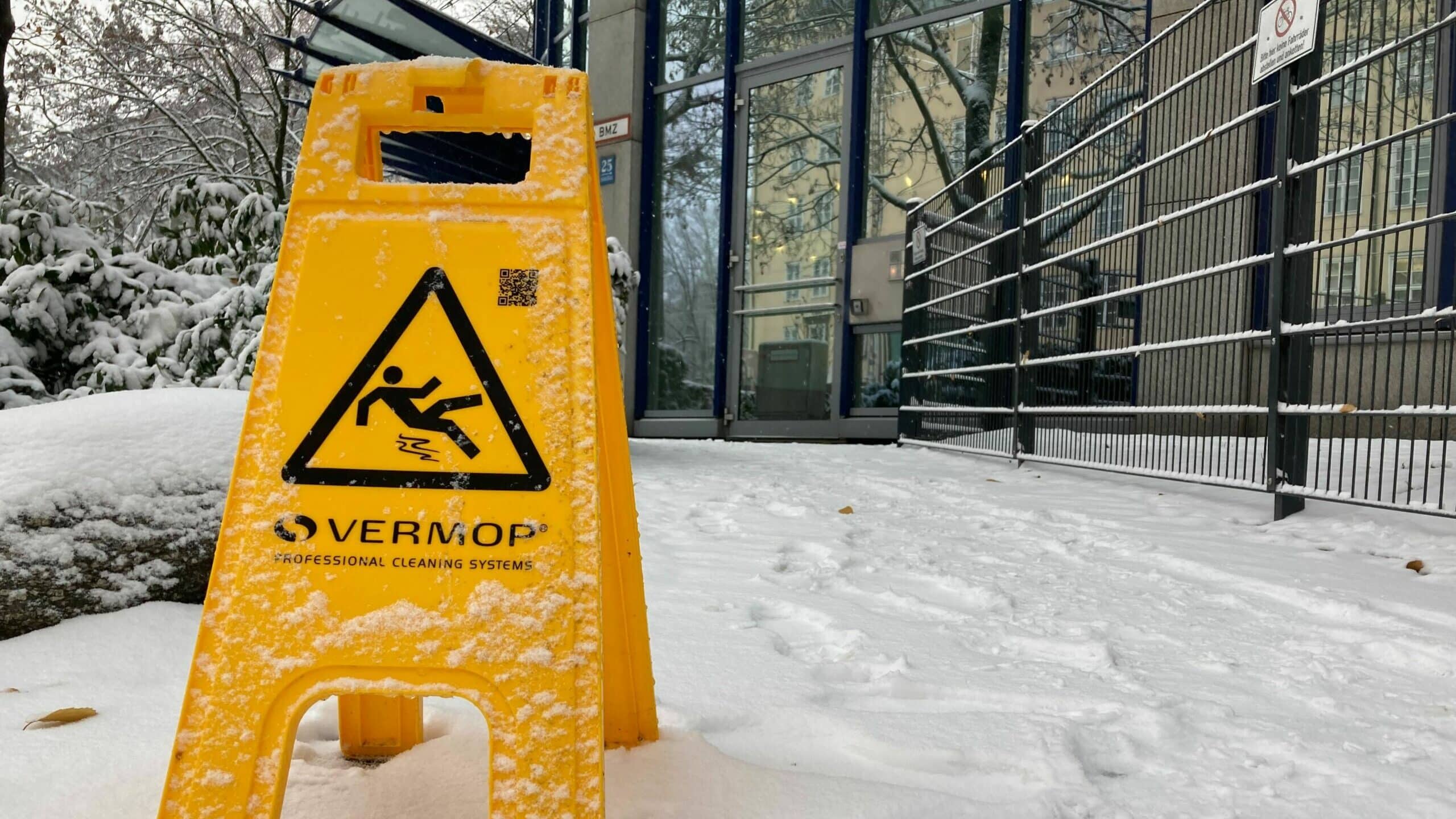Slips, trips, and falls are some of the most common causes of workplace injuries in the US, accounting for over 8 million emergency room treatments every year. While not all these incidents are severe, some will have serious consequences, such as bruises, strains, sprains, fractures, and head injuries.
In many cases, a slip or fall can make it difficult for you to move around, do everyday activities, or live as independently as you used to. It could even force you to take a few days or weeks off work, which will affect your income and productivity.
“Slips, trips, and falls can be frustrating, embarrassing, painful, and costly to you and your family. These accidents often leave victims hospitalized for days or weeks while the utility bills, medical bills, and other expenses collect at your doorstep,” says Alex Bouganim and Joseph Capetola, slip and fall lawyers in NYC.
What To Do If You Slip, Trip, Or Fall
Sometimes, no matter how careful you are, accidents can still happen, and it is crucial that you know what to do in this kind of situation so you can manage it in the best way possible. One of the first steps is to immediately seek medical attention, especially if the fall was quite hard and you are feeling pain anywhere in your body.
Injuries may not always be apparent, and a doctor can help determine specific problems and recommend the proper treatment. Aside from this, a trip to the doctor can help establish credibility if you decide to file a personal injury case or claim compensation against whoever was liable for the accident.
However, if you experience difficulty moving around, do not force yourself to get up right away and look for someone to help you instead. For severe trauma or injury, it is best to call an ambulance and stay in place until they arrive since any sudden movement could aggravate the damage to your body.
Finally, remember to report the incident to the property owner or manager or get someone to do it for you if you cannot move around freely, and make sure that there is proper documentation to help you establish evidence when you claim compensation. It is also a good idea to consult with a legal expert for specific guidance on what to do after a slip and fall accident since the actual steps to do may vary depending on the location and circumstances of the accident.
ADVERTISEMENT
Common Causes And How To Avoid Them
Awareness is vital in preventing you from becoming a victim of these accidents. When you know the causes of slips, trips, and falls, it becomes easier to avoid them and you can even prevent them from happening to others. Take a look at these common triggers of slips, trips, and falls and what you can do about them:
1. Poor Lighting
Poor lighting can make it difficult to see hazards and other dangers, such as stairs, curbs, or wet and slippery surfaces, increasing your risk of slipping or falling. If you have poor vision, this is even more of a problem because the dim and dark surroundings can hide any obstructions in your path and prevent you from taking evasive action to avoid getting tripped.
To prevent slip and fall accidents due to poor lighting, ensure that all walkways are well-lit, especially in areas with high foot traffic or potential hazards. Install adequate lighting sources, such as overhead lighting or task lighting in darker areas, and immediately replace light bulbs when they burn out.
2. Slippery Or Uneven Surfaces
One of the most common triggers of slips, trips, and falls are slippery or uneven surfaces because they can cause you to lose your footing easily. These are often caused by ice, snow, water, oil or grease, sand, mud or dirt, loose gravels or stones, and man-made causes like waxed floors, which could become slippery due to spills or leaks.
Fortunately, there are many ways you can avoid falling victim to these triggers, and wearing proper footwear is at the top of the list. Shoes with good traction and non-slip soles can help prevent slips and falls, while smooth or worn-out soles can increase your risk. Take extra precautions by immediately cleaning up any spills or wet areas, using non-slip mats in areas prone to getting wet, such as bathrooms or kitchens, and being careful when walking on freshly cleaned or waxed floors.
3. Mats And Rugs
When not correctly displayed or maintained, mats and rugs can result in a slip or trip, especially for an unsuspecting passerby. For example, curled-up edges or lumps in the middle of a rug could entangle your feet and cause you to lose your balance. It is also highly possible for a loose and unsecured rug to slip out of place right when you step on it, leading to a nasty fall and an injury.
ADVERTISEMENT
To prevent rugs and mats from becoming a tripping hazard, ensure they are properly secured and maintained. Regularly inspect them for signs of wear and tear, and immediately replace any rugs that are frayed, have holes, or are lumped in certain parts. Keep them completely flat, with no bumps or curls on the edges, and use non-slip pads underneath so they stay firmly in place.
4. Excessive Clutter
Aside from being a tripping hazard, clutter can also cause fires, which is why it is essential to do regular housekeeping to prevent these incidents from occurring. Excessive clutter like books, shoes, toys, cords, loose rugs, and stacks of newspapers on the floor create environmental hazards that impede movement and result in blockages that hinder people from walking safely.
You can minimize the occurrence of these incidents by making sure that all walkways, hallways, and stairways are always clear of clutter. Keep your space organized, secure loose cords, and use storage solutions such as shelves, cabinets, or drawers to keep items off the floors and tables.
5. Uneven Or Poorly Built Stairs
Stairs that are damaged or not built according to safety standards can lead to serious injuries, especially if you fall from a higher level. This includes stairways with no handrails covered in dirt and debris or have broken, loose, uneven, or missing steps. Aside from these, obstructions like boxes or clutter on the steps can also cause people to trip and fall.
You can reduce the risk of slipping firstly by ensuring that your stairs are built according to strict guidelines, with the stair slope maximum range being from 30 to 50 degrees. As an additional preventive measure, you can install non-slip surfaces on the stairs, such as rubber or slip-resistant paint, and ensure that stairways are well-lit and have a clear path by removing any items left on the steps like shoes or work equipment that can create potential hazards. Carpeted stairs should also be in good condition with no noticeable deterioration, excessive wear, or missing treads.









